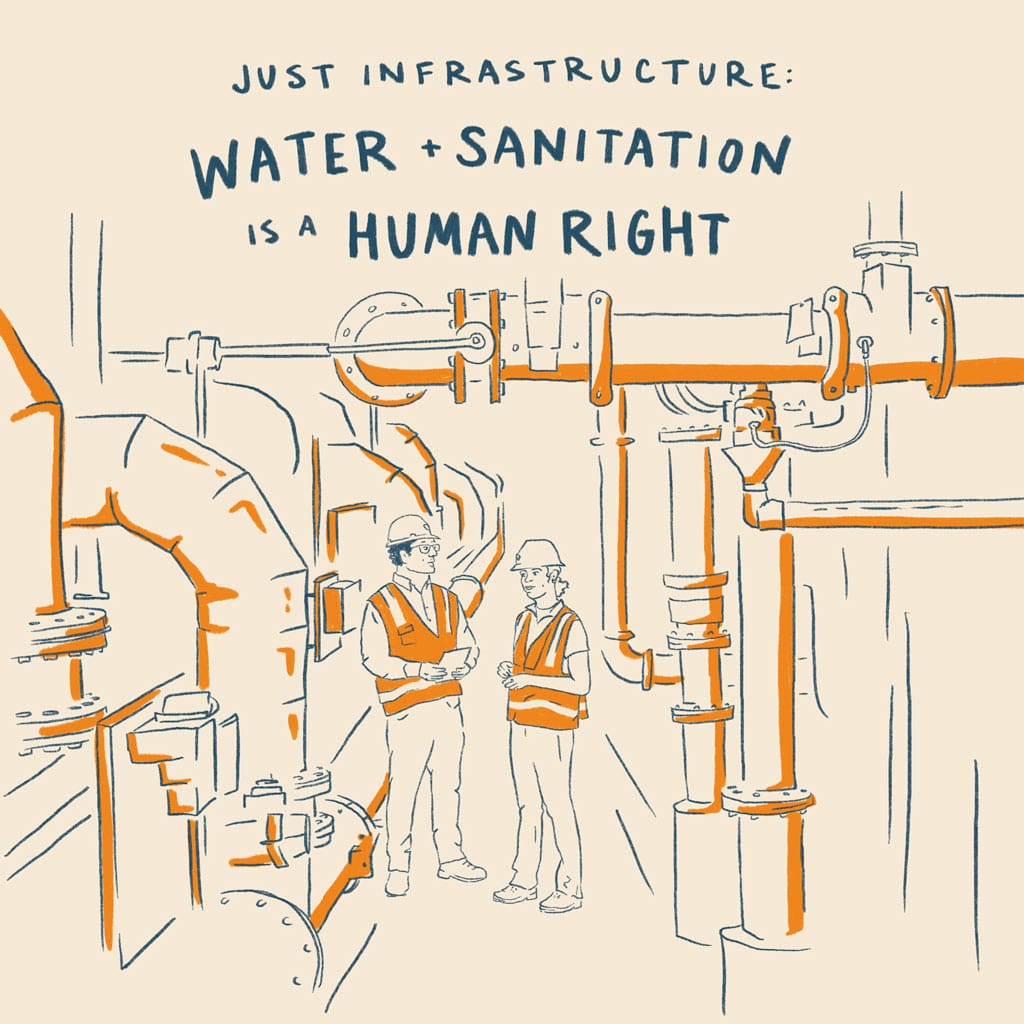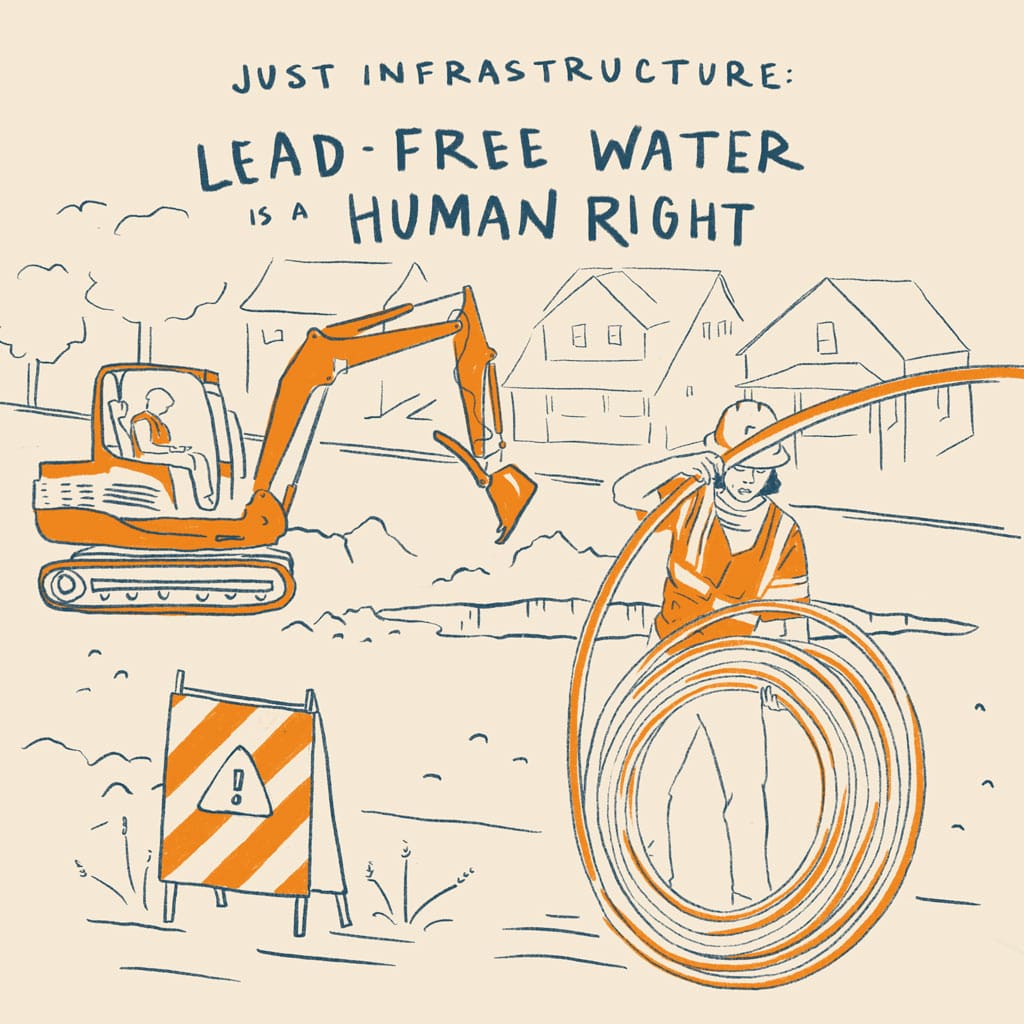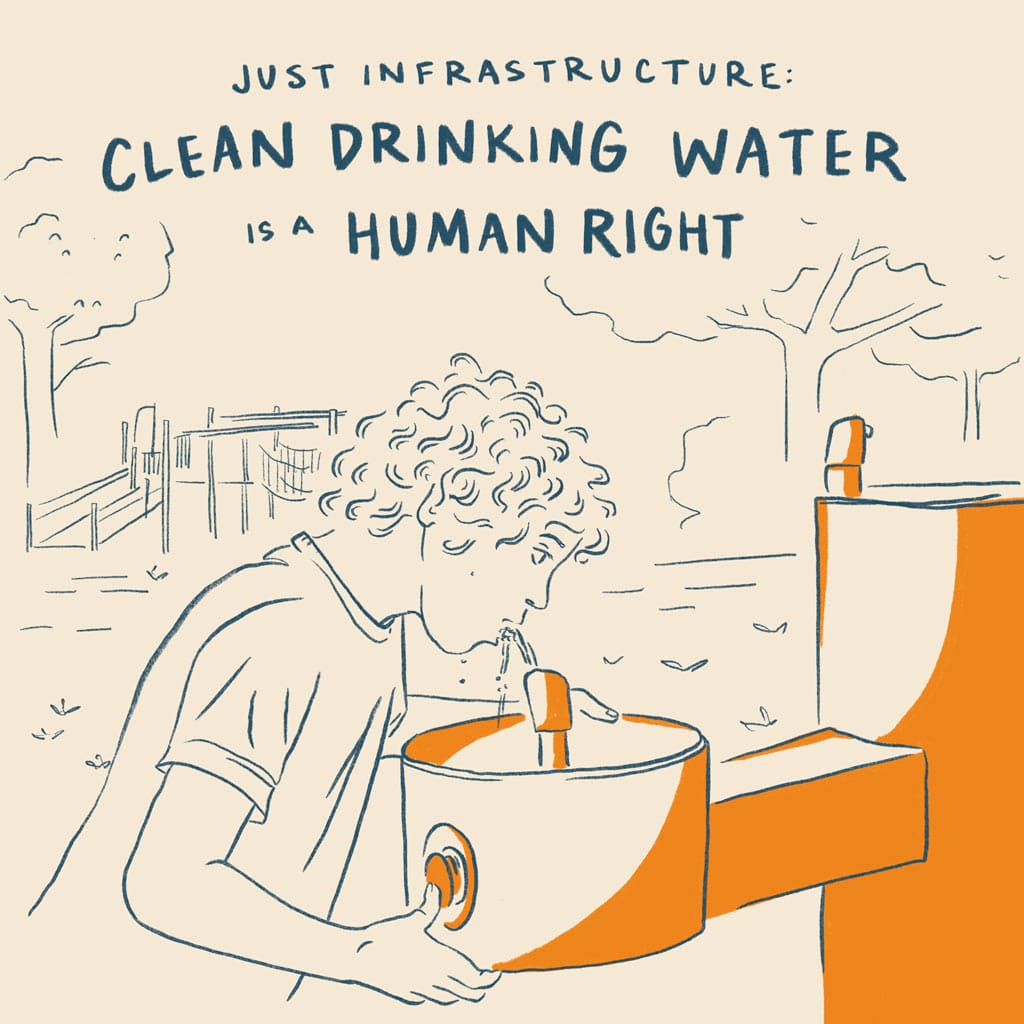Just Infrastructure for Safe Water and Sanitation
Clean water isn’t a commodity to be sold to only those who can pay. It’s a basic right our government must provide to all residents. Water represents purity in Islam. We need and appreciate clean water for all. Water is life.”
- Huda Alkaff | Founder and Director,
Wisconsin Green Muslims
Why do we need just infrastructure?
Clean drinking water and sanitation are human rights and public health necessities, yet millions of people across the U.S. are still living with toxic taps, dry wells, boil water notices, and sewage spills. And 2 million more live in houses without running water or flush toilets. Like many other environmental injustices, these infrastructure gaps and failures are concentrated in low-income communities of color.
The Bipartisan Infrastructure Law (BIL) and Inflation Reduction Act (IRA) at last reversed decades of declining federal water spending. They include billions of dollars to replace lead pipes, test and treat PFAS “forever chemicals,” and extend water and wastewater service to rural and Tribal communities.
Investing in safe water pays major health and economic dividends, and creates jobs for communities impacted by historic disinvestment.
We have an opportunity with this burst of funding — and billions more that need to follow — to lay the groundwork for a just, sustainable water future.
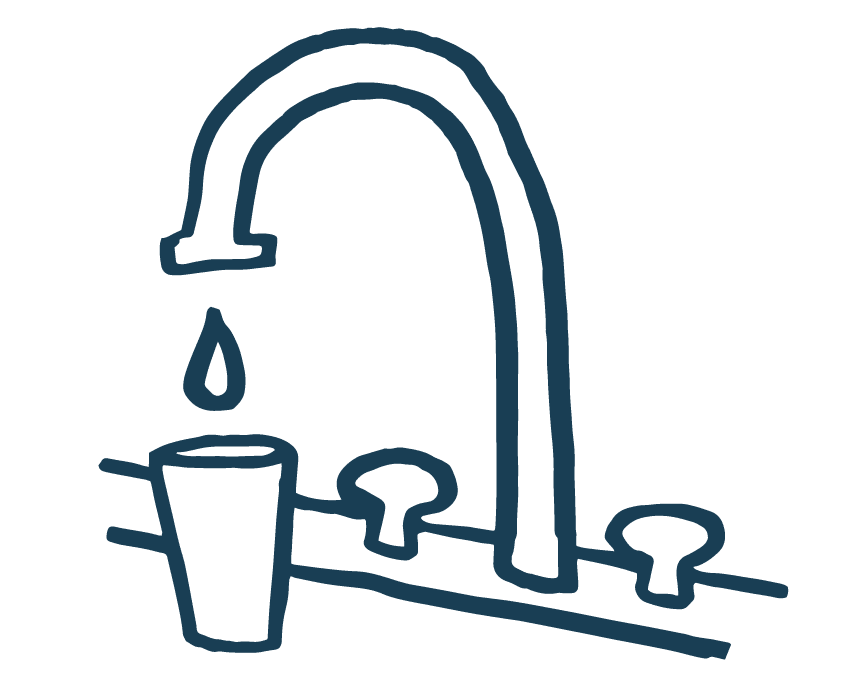
Funding opportunities
The human right to safe drinking water and sanitation in action
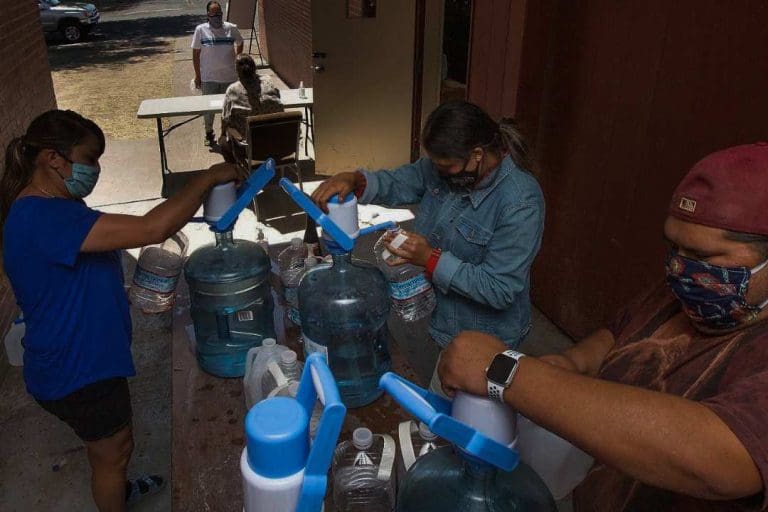
A new treatment plant for the Warm Springs Reservation
Families on the Warm Springs Indian Reservation have been living without safe, reliable water for years. During the peak of the COVID-19 crisis, residents were relying on bottled water deliveries to wash hands and stay hydrated. Then in 2022, the plant shut down because of an electrical fire.
Now, more than $23 million of BIL funds will at last make a new treatment plant possible to deliver clean water to more than 3,800 people.
Getting the lead out of 20,000 homes in Philadelphia, PA
$160 million of funding is on its way to replace 19 miles of lead pipes in Philadelphia. The city estimates 20,000 homes there receive water through lead service lines, and 1 in 16 children still test high for lead, with those in majority-Black low-income neighborhoods most at-risk.
Almost 40 years after Congress banned lead water pipes, an estimated 9.2 million homes across U.S. states territories still have them. But BIL funding is making it possible for communities to accelerate replacement in homes as well as schools and daycare centers, bringing us closer to a lead-free future.
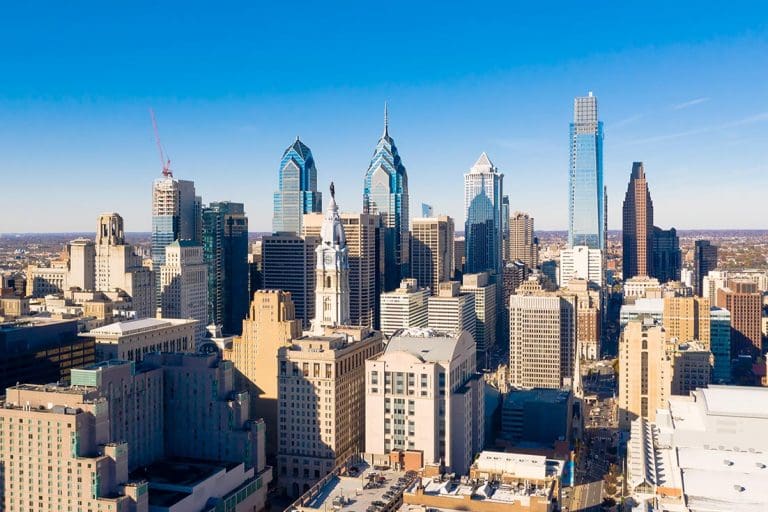
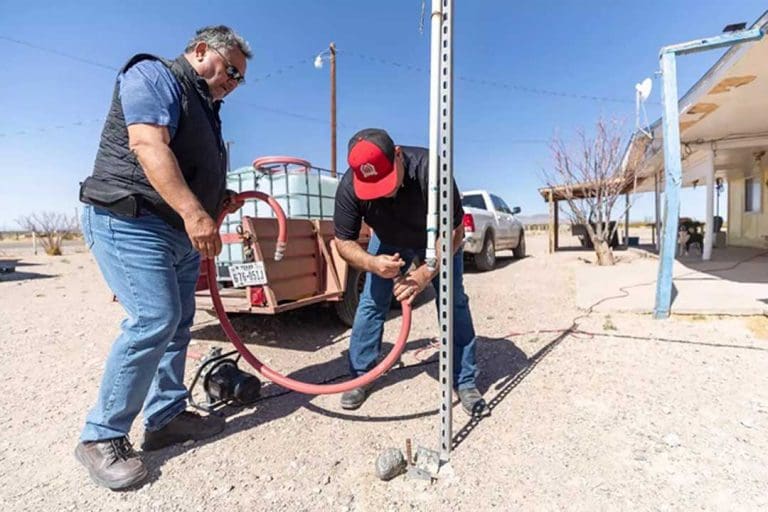
Water is on the way to Texas colonias
Storytelling resources
To help move media and policymakers, we collaborated with cultural organizers and artists to develop artwork and media materials to communicate why we need smart investments for the human right to water and sanitation.
Use these materials to tell the story of why we need Just Infrastructure to support the human right to water and sanitation.
Fact Sheet
Human Right to Water and Sanitation
Message guidance
Safe Water and Sanitation

